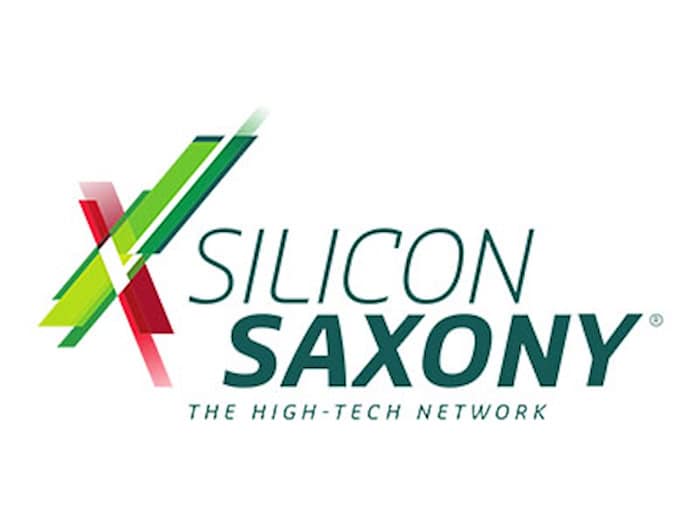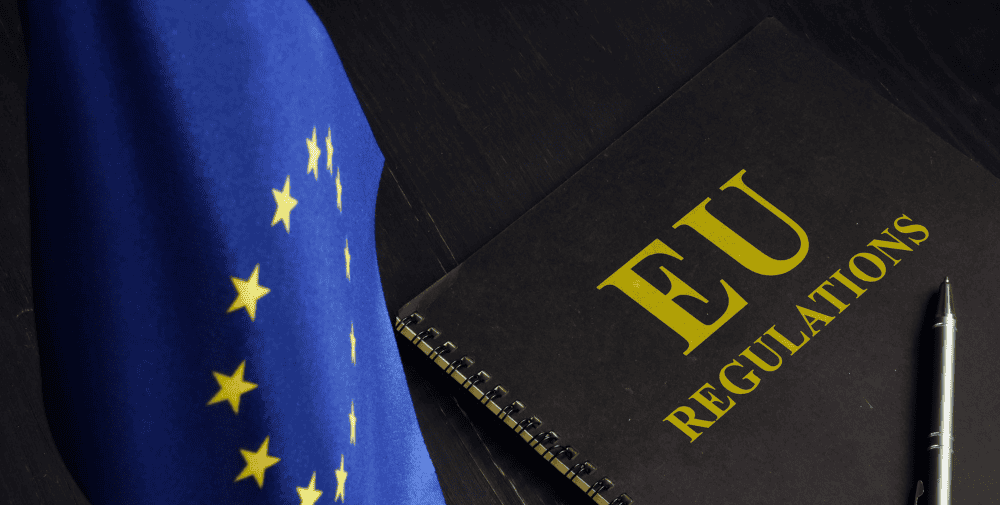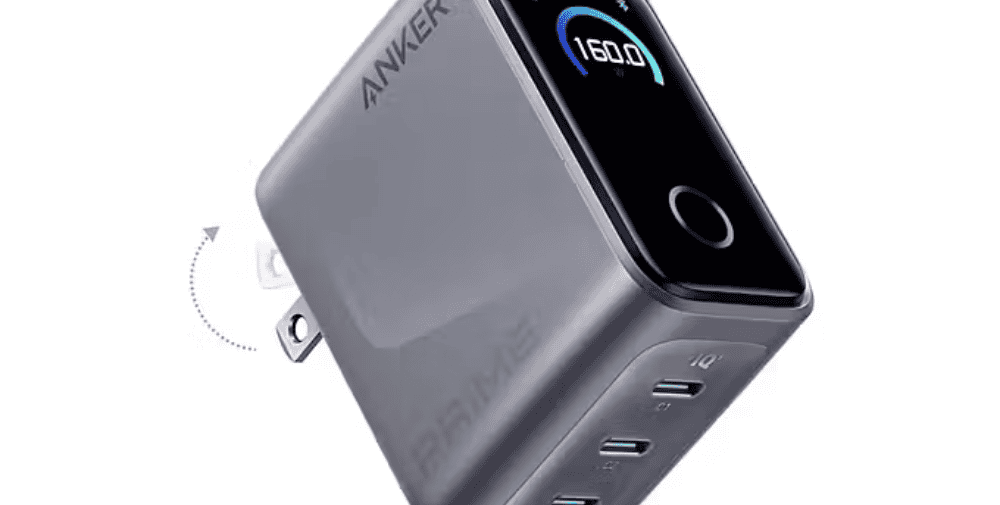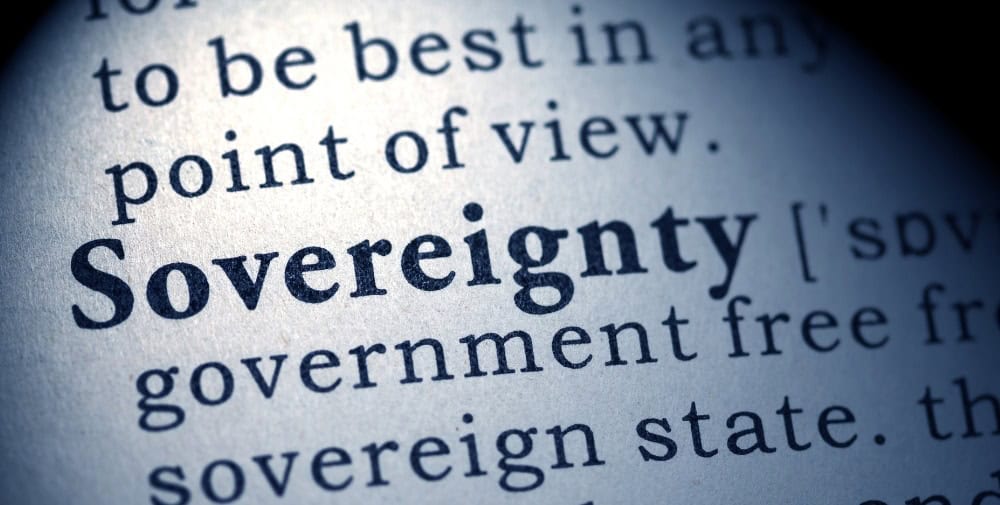
It’s never too late to do the right thing. With this mantra, life is far more peaceful. Perhaps a little too calmly in recent years and decades. For a long time, Europe and Germany relied on their international partnerships – especially the transatlantic alliance with the USA. This has changed noticeably since Donald Trump took office. It seems to have taken a bull in a china store and an accompanying pile of broken glass to wake up. Defense readiness, education initiatives, industrial policy, funding mechanisms, cooperation and joint strategies – a whole series of necessities that have been demanded for years but all too often delayed are now being pushed forward almost every week.
The European Union tackles important industrial projects
At the end of February and beginning of March alone, the EU published a whole series of long-requested initiatives. For example, the “Omnibus Initiative” to simplify existing legal acts and thus curb excessive bureaucratization. The “Clean Industrial Deal” was also launched in order to achieve important climate targets and lead Europe’s industry into the future in this area too. From now on, an “Affordable Energy Action Plan” is to reduce energy prices for industry, activate investments and strengthen the resilience of the economy and industry. The “Action Plan on the Future of the Automotive Sector” aims to strengthen the European automotive industry, one of the most important and currently most endangered industrial sectors on the continent. The “Union of Skills” initiative pursues the plan to promote skills and thus meet the European demand for skilled workers. So there’s a lot of good and important stuff going on.
Europe and Germany are struggling with shrinking production and industry
Why only now, some people ask. We’re finally getting into the swing of things, others cheer. After all, all Europeans and, more recently, all Saxons should have long since noticed that the world is spinning faster and faster. It was only in the past few weeks that the first “impacts” in this free state showed the challenges we face in the coming years. With the Gläserne Manufaktur in Dresden, a small but prestigious VW production site will close its doors in 2025. Although only a few dozen vehicles a day were finally assembled here, together with a look at the other automotive production sites in Saxony, a picture emerges that nobody should like. Entire production lines and probably also plants (such as the VW plant in Zwickau) will disappear in the coming years if miracles don’t happen. Whether at VW, BMW, Audi or Mercedes, savings are being made, reduced, relocated or even discontinued everywhere. And this is just a look at an industry that is weakening. Germany is losing important parts of its manufacturing industry and therefore sectors that are incredibly important for small and medium-sized enterprises (SMEs) both upstream and downstream. And it is probably also losing communication bridges to former allies, as the threatening closure of the US consulate in Leipzig these days shows.
Europe must not stand between the USA and China
Saxony is therefore a small-scale reflection of what is threatening Germany and Europe as a whole. If the continent does not wake up as quickly as possible and reflect on its old strengths and opportunities, the lights will go out in many places and will probably never be switched on again. “Emancipation” is therefore the call of the hour. Europe must concentrate on itself. Must produce what is needed here. Should join forces with those who are currently facing similar challenges – such as Canada, Japan, South Korea, Taiwan, the UK and many more. We need an alliance of the willing and plans for how to create independent counterweights to increasingly dominant states such as the USA and China. Relying on mere goodwill, old ties, economic dependencies and pure luck would be more than naïve
Innovation and promotion as a driving force for Europe
And Europe and Germany do indeed seem to have understood this. The coming years will show whether this is just in time. A look at the Silicon Saxony sectors alone indicates the enormous development potential that is still available in Europe. We must continue to promote start-ups and up-and-coming SMEs. More money for the European Innovation Council (EIC), which is jointly responsible for this, would therefore be desirable. Excellent research, the transfer of knowledge to industry and thus production must once again become more of a focus. Important projects, such as the Chips Joint Undertaking Pilot Lines in the microelectronics sector, need to be expanded, as do initiatives such as the EU Chips Act.
The mindset we need is to allow the whole of Europe to benefit from such initiatives, instead of just strengthening them regionally and thus selectively – as can currently be seen in EU Chips Act projects, including the Infineon expansion and the ESMC relocation to Dresden. The first version of the EU Chips Act – apart from research – fell short of expectations. However, there should be an EU Chips Act 2.0 in the near future. What this could look like and how it would affect the whole of Europe this time is currently being discussed. An overall European microelectronics strategy is also being discussed for the first time. SEMI and the European Semiconductor Industry Association (ESIA) are advising the EU on this. It remains to be seen what will emerge from this process.
Coalitions and alliances are not yet working at the top level
New initiatives such as the Semicon Coalition, an alliance of currently nine European countries (Austria, Belgium, Finland, France, Germany, Italy, Poland, Spain and the Netherlands) launched in mid-March, also need to think bigger and be better coordinated. The Czech Republic, Sweden, the UK and Portugal are the only major European nations in the microelectronics sector that do not have their own strategy or at least position papers for the sector. However, there is no question that there are still numerous countries on the international stage that could be excellently integrated here. In addition, different initiatives should not cannibalize each other, but instead focus on stronger cooperation. The European Semiconductor Regions Alliance (ESRA), an association of important European microelectronics regions at a political level, would be a powerful combination in alliance with the new Semicon Coalition – if it is desired and supported accordingly.
Germany is defining its own requirements for the first time and investing on a large scale
Not least, Germany will also be in even greater demand than before in the coming years. A lot depends on how the new federal government comes together and knows how to use the German opportunities, e.g. the €500 billion special fund, which was approved in the past few days. From the Digital Pact 2.0 to the expanded promotion of key industries such as microelectronics, there are numerous proposals for our sectors, but so far little in the way of concrete action. A very inconspicuous – to put it diplomatically – publication of a microelectronics position paper for Germany recently made people sit up and take notice. Four pages of patient paper set out priorities such as research, skilled workers and production in very general terms. Concrete timings, indicators of success, monitoring or responsibilities are to be found in vain for the time being. But to look on the bright side: It is a first step and a path in the right direction. The exploratory talks with the new federal government also offer potential. From the desire to strengthen strategic industries, such as the semiconductor sector, to making the most of the Chips Act and Important Projects of Common European Interest (IPCEI), a lot has been planned together.
There is a mood of optimism in Europe and Germany, but where will it go?
Many small and large steps are slowly leading Europe, but also Germany, to what previously seemed to be just fine-sounding words. The awareness that we can no longer rely on strong and previously indispensable partners is increasingly leading to the emancipation of Europe that many have long wished for. Instead of looking at others, people are now looking at themselves and what they can achieve and improve on their own. The first rays of sunshine are spreading a spirit of optimism in keeping with the current springtime. However, in order to avoid praising the day before the evening, we should be aware that all of the things mentioned in this article appear to be no more than declarations of intent and tentative beginnings in important areas.
It is important to take a critical and ongoing look at whether and how Europe and Germany can develop a dynamic that actually leads to more technological sovereignty and thus independence and a return to their own strength. The industry and associations such as Silicon Saxony are ready to exchange ideas. Only together will it be possible to implement everything that the EU and Germany are currently only dreaming of or postulating in writing. In the end, the most important thing was understood: technological sovereignty is never provided by others. And this realization alone is worth its weight in gold.



